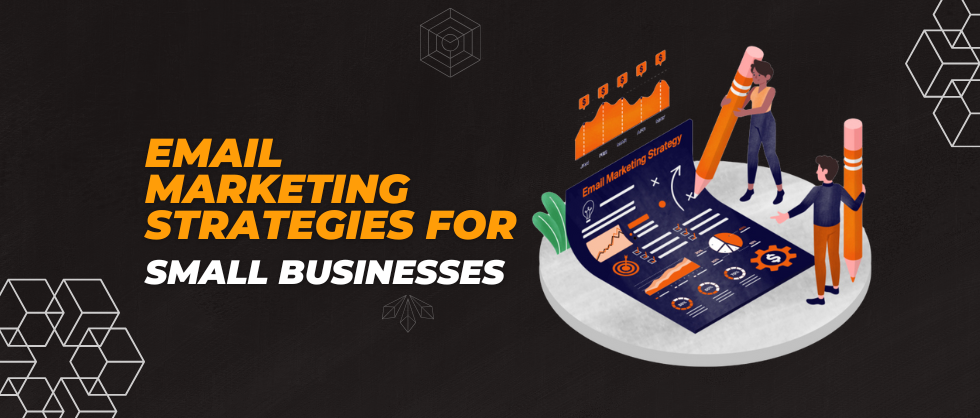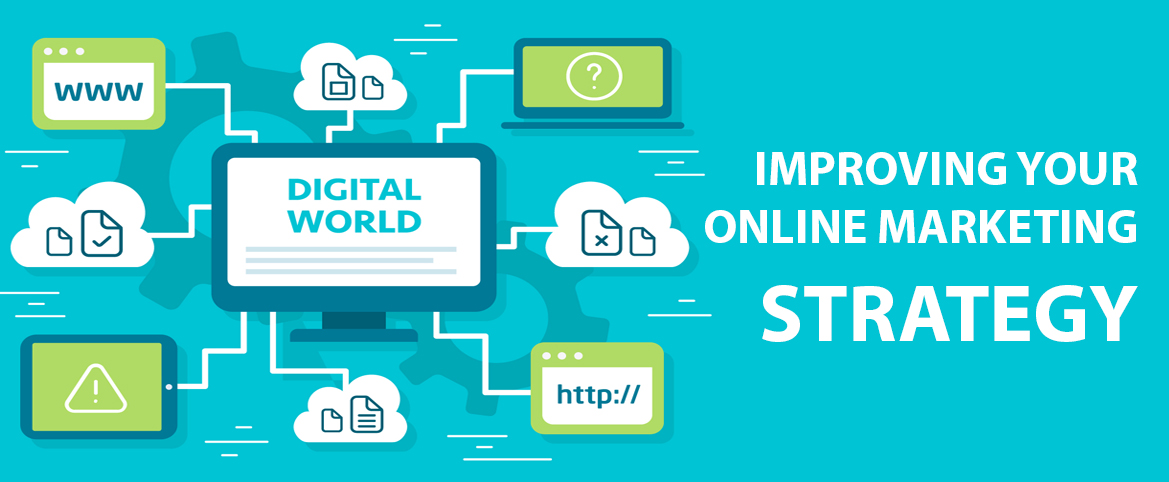Email marketing remains one of the most effective digital marketing channels for small businesses. With a well-planned email strategy, you can nurture leads, engage customers, and drive sales—all without breaking the bank. In this guide, we’ll explore the best email marketing strategies for small businesses and how to implement them successfully.
1. Build and Grow Your Email List
A strong email list is the foundation of successful email marketing. Here’s how to grow your subscriber base:
- Use Lead Magnets: Offer valuable incentives like eBooks, discount codes, or free trials in exchange for email sign-ups.
- Optimize Sign-Up Forms: Place forms on high-traffic pages, pop-ups, and social media profiles.
- Run Contests & Giveaways: Encourage users to enter by providing their email addresses.
2. Segment Your Email List for Better Engagement
Sending the same email to everyone won’t yield great results. Instead, segment your list based on:
- Demographics: Age, location, and interests.
- Behavior: Purchase history, website activity, and email engagement.
- Customer Journey Stage: New subscribers, repeat buyers, or inactive users.
Segmented campaigns increase open rates, click-through rates, and conversions.
3. Create Engaging and Personalized Content
Content is key to email marketing success. Follow these best practices:
- Write Compelling Subject Lines: Keep them short, clear, and curiosity-driven.
- Personalize Your Emails: Use the recipient’s name and past interactions.
- Keep It Concise: Get to the point quickly while maintaining a conversational tone.
- Include a Clear Call-to-Action (CTA): Guide readers to take the next step (shop now, download, sign up).
4. Leverage Email Automation for Efficiency
Automation saves time while improving customer engagement. Implement:
- Welcome Email Sequences: Greet new subscribers and introduce your brand.
- Abandoned Cart Emails: Remind customers to complete their purchases.
- Re-Engagement Campaigns: Win back inactive subscribers with exclusive offers.
- Drip Campaigns: Deliver value over time through automated educational emails.
5. Optimize for Mobile Users
More than 50% of emails are opened on mobile devices. Make sure your emails are:
- Mobile-Friendly: Use responsive design that adapts to all screen sizes.
- Easy to Read: Keep paragraphs short and use bullet points.
- Clickable: Use clear, tappable CTA buttons instead of links.
6. A/B Test and Analyze Performance
Data-driven email marketing leads to better results. Track key metrics like:
- Open Rates: Test different subject lines to improve engagement.
- Click-Through Rates (CTR): Experiment with CTA placements and wording.
- Conversion Rates: Analyze which emails drive the most sales.
- Unsubscribe Rates: Monitor why people are opting out and adjust accordingly.
7. Stay Compliant with Email Regulations
Ensure your email marketing follows industry regulations like:
- GDPR & CAN-SPAM Compliance: Only send emails to those who opt-in and provide easy unsubscribe options.
- Double Opt-In: Confirm subscriptions to avoid spam complaints.
Final Thoughts
By implementing these email marketing strategies, small businesses can enhance customer engagement, increase conversions, and build lasting relationships with their audience. Start optimizing your email campaigns today to see significant business growth.
Need help crafting high-converting email campaigns? Let’s talk!




